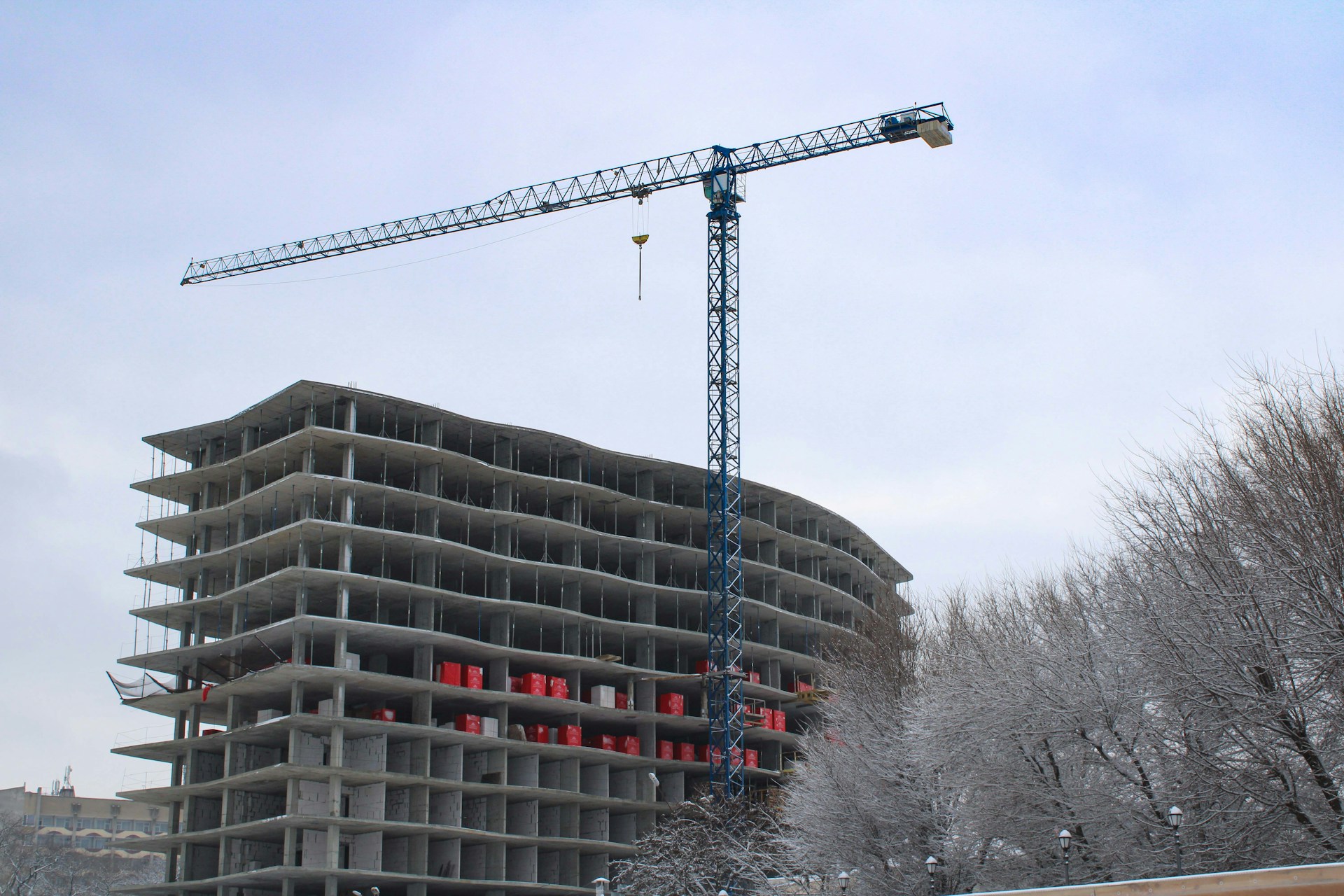
Some states make securing construction liability insurance more complex than others. These “defect states” have unique construction defect laws that impact policy wording, capacity, and legal exposure, making it difficult for retail agents to secure the right protection for their clients. Understanding these intricacies is critical for agents working with builders, developers, and contractors.
To break down the complexities of insurance in construction defect states, we spoke with our insurance experts at DOXA. With decades of experience handling complex construction risks, they provide insights into why defect states are so difficult—and how DOXA helps agents navigate them.
Construction defect laws vary by state, but some have stringent regulations complicating the insurance process. These states are known for:
These challenges predominantly impact residential construction—particularly projects built for sale to individual unit owners, such as condominiums and tract homes. When a defect claim arises, it’s rarely just one unit owner filing suit. Instead, you could be looking at a class action lawsuit with 50 to 200 claimants, drastically increasing defense costs and overall exposure.
Some states stand out as especially difficult markets for securing construction insurance.
Hawaii has one of the most challenging insurance markets for residential construction due to the high frequency of defect-related litigation. The toughest part of residential construction in Hawaii is simply finding capacity.
Losses have been so adverse that many carriers will only deploy $3 million to $5 million in limits per policy. For larger projects, brokers often have to piece together coverage from multiple carriers to secure adequate protection. Consider a 500-unit condo project in Hawaii, where it took 29 different carriers to meet the required limits. It’s not only complex—it’s incredibly expensive.
Florida’s construction insurance market has always been difficult, but recent legislative changes have added new layers of complexity. For-sale residential projects in Florida struggle to find capacity for coverage. Whether it’s high-rise, mid-rise, or frame residential construction, agents may only have two or three viable primary market options.
In addition, Florida’s statute of limitations for defect claims has changed, which affects coverage considerations and long-term risk management. Retail agents must ensure that policies align with the latest legal requirements to avoid exposure.
Certain states, including Colorado, Hawaii, and New Jersey, require amended definitions of “occurrence” in construction policies. Without this unique wording, coverage disputes may arise when a claim is filed. If the policy language doesn’t align with state law, claims may not be treated properly under the policy, leading to major issues for insureds. That’s why agents must work with a team that understands these state-specific policy adjustments.
For retail agents and brokers working in these challenging markets, expertise and the right partnerships are key. Here’s how to stay ahead:
Construction insurance in defect states is highly complex—but DOXA is built for these challenges. With deep expertise, strong carrier relationships, and a specialized focus on construction risk, we help retail agents secure coverage in the toughest markets.
DOXA understands the intricacies of defect states and how to structure policies correctly to avoid costly disputes. We work closely with agents to develop customized solutions that address the unique legal and capacity challenges in these markets.
Need help navigating construction insurance in defect states? Contact DOXA today to learn how we can help you secure coverage and manage risk effectively.
Related posts

FORT WAYNE, Ind.— Nov. 19, 2025 — Promont, a DOXA company, is pleased to announce the launch of FranchisorSuite and Real Estate ProSuite, as part of an expanded collection of specialty solutions that provide streamlined protection for franchisors and real estate professional firms. The two refreshed...
Continue Reading
FORT WAYNE, Ind.— Nov. 4, 2025 — DOXA announces the acquisition of American Hole ‘n One (AHNO), one of the largest providers of hole-in-one insurance and event promotions. The acquisition...
Continue Reading